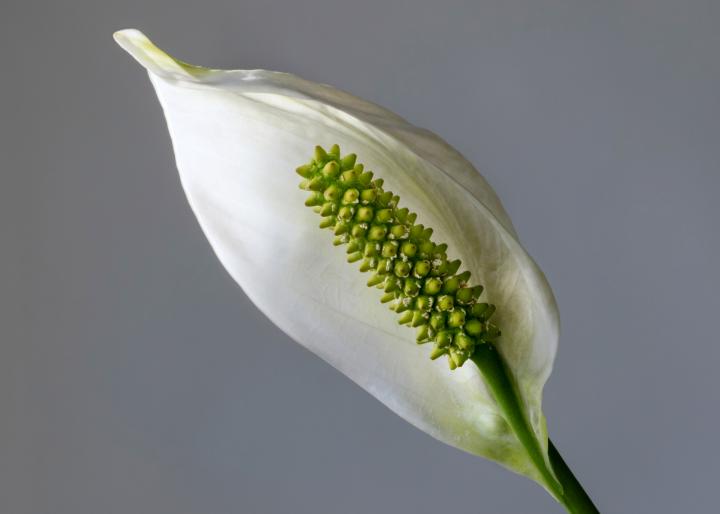Discover the Enchanting History and Significance of Peace Lilies
Peace Lilies: Guardians of Tranquility in South American Folklore
In the heart of the rainforest, where whispers of spirits intertwine with the rustle of leaves, a popular folk belief from South America holds that peace lilies are more than just plants—they are guardians of tranquility. Legend has it that if a peace lily blooms under the light of a full moon, it is a sign that peace and harmony will reign in the land. The spirits of the forest are said to bless those who care for these gentle plants, bringing forth blessings of serenity and protection to those who welcome peace lilies into their homes.
A Rich Heritage Rooted in Central and South America
The captivating history of peace lilies is deeply rooted in the lush landscapes of tropical Central and South America. Scientifically classified under the genus Spathiphyllum, these botanical beauties have a heritage spanning centuries. Indigenous communities revered peace lilies long before their formal introduction to the wider world, often associating them with purity, spirituality, and the natural world's intrinsic harmony. Legends and folklore whispered tales of the plants' mystical powers, cementing their significance in local cultures.
Flourishing in Native Habitats
Peace lilies thrived in the verdant rainforests and humid marshlands of their native habitats, where their glossy green foliage and delicate white blooms adorned the landscape with understated elegance. The plant's botanical characteristics, such as its sturdy stems and lush leaves, enabled it to compete for sunlight in the shaded undergrowth and thrive amidst dense foliage.
Introduction to the Western World
The formal introduction of peace lilies to the Western world occurred during the 19th century. Botanical expeditions and international trade networks facilitated the exchange of plant specimens between continents. European botanists, eager to expand their botanical collections, welcomed peace lilies into greenhouse collections and botanical gardens. Their captivating appearance and ease of cultivation quickly endeared them to plant enthusiasts across Europe and North America.
Expansion and Popularity
As peace lilies gained popularity in horticultural circles, their presence expanded beyond elite botanical institutions. With advancements in transportation and horticultural practices, peace lilies became accessible to a broader audience, finding their way into homes, offices, and public spaces worldwide. Their adaptability to indoor environments and striking aesthetic appeal contributed to their widespread adoption as cherished ornamental plants.
Symbols of Beauty, Resilience, and Tranquility
Today, peace lilies continue to enchant plant enthusiasts and green thumbs alike. They serve as symbols of natural beauty, resilience, and tranquility. Whether revered for their air-purifying abilities, low-maintenance nature, or the serene aura they bring, peace lilies remain a beloved addition to any indoor space.
Their journey from the rainforests of South America to living rooms and office desks across the globe is a testament to the enduring allure and universal appeal of these botanical treasures. With each graceful leaf and delicate blossom, peace lilies carry with them a piece of their storied past, connecting us to the rich tapestry of botanical history and cultural heritage.
"The "flower" of a peace lily is commonly mistaken for a traditional flower, but it's actually a specialized leaf structure called a spathe. The spathe serves as a protective covering for the actual flowers, which are located on the spadix—a central cylindrical structure within the spathe. The spathe is often white or cream in color and encloses the spadix, creating a visually striking contrast."


















Leave a comment